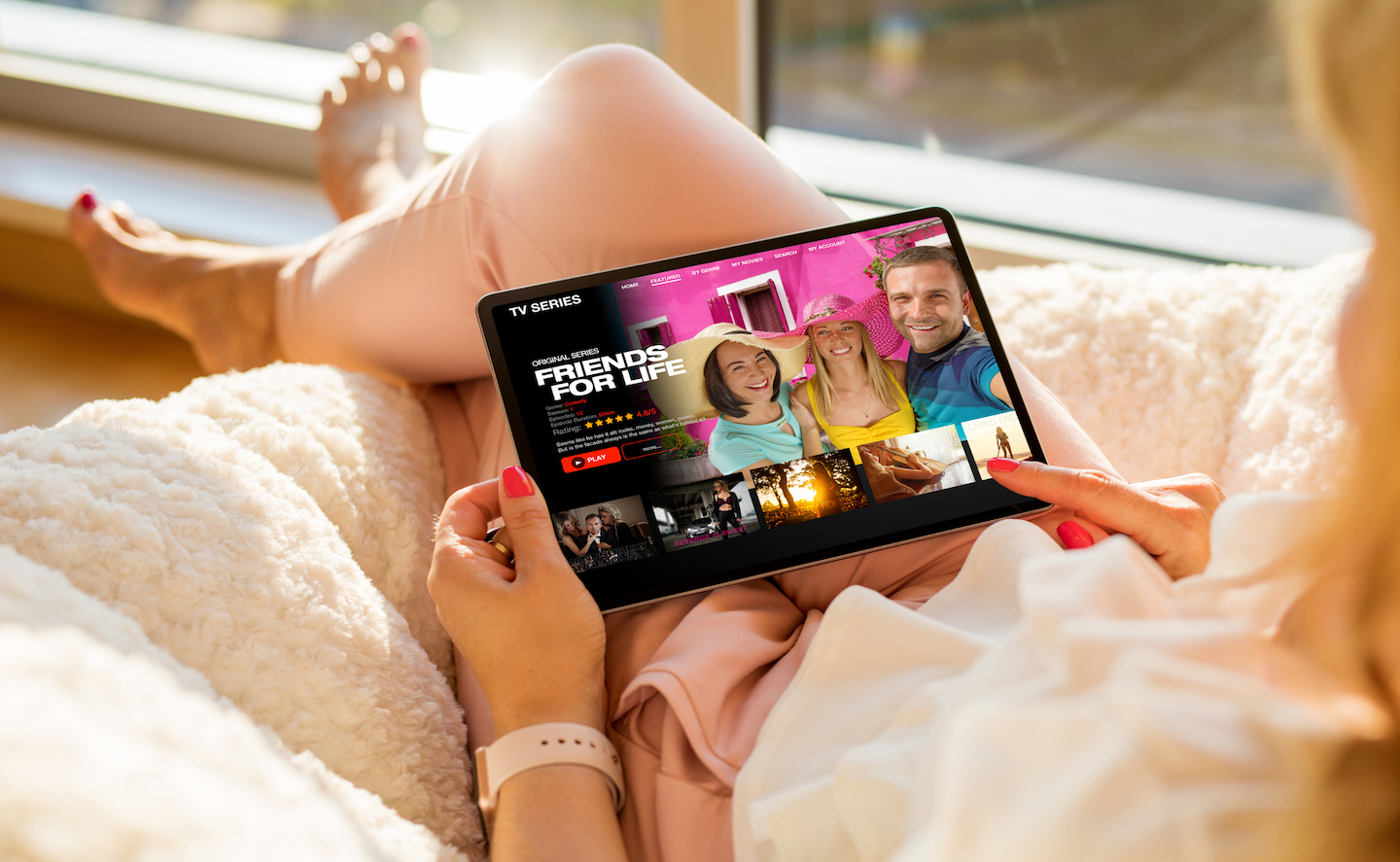In a world where technology advances quickly and consumer habits change in the blink of an eye, advertisers are often tasked with creating new, exciting, fresh, and successful marketing strategies that remain effective in an ever-changing landscape.
So how do you, as an advertiser, stay on top of this massive demand for effective advertising strategies? The answer isn’t black-and-white, but it does start with the basics: information. Staying up-to-date on said tech improvements and consumer habits will inform advertising trends that will help your brand stay on top of the game.
For example, over the past few years, more consumers have forgone their cable subscriptions and embraced streaming options through CTV and OTT. In 2022, networks and tech companies alike seemed to fully embrace this wave of viewing habits as new ad-supported CTV platforms or tiers were released on what felt like a monthly bases. As an advertiser, it is up to you to make sure you know what these options are and when they are being released and then decide whether an investment in this channel is worthwhile and valuable for achieving your goals.
Think about it this way: Everyone, consumers and advertisers alike, can be overwhelmed by the growing number of CTV options. Fortunately, if you are in the know about which of these platforms are performing well and which have advertising opportunities,, you are already one step ahead of your competition. Simply staying informed will ensure you have your assets ready to make ads quickly for when CTV and OTT providers and platforms make advertising available.
The Future of CTV Advertising
While some advertisers were wary of switching their TV dollars from cable options to CTV and OTT platforms, these streaming services have added many great opportunities for advertisers. The following are just some of those benefits:
- Streaming services allow you to utilize data-driven audience targeting. This sets the stage for better engagement from your target audience.
- With data-driven audience targeting, you can see results more clearly. This allows you to allocate funds in a more precise way.
- CTV advertising is less expensive than traditional TV ads.
- Because consumers now have access to Netflix, YouTube, etc., right in their pockets, CTV advertising is more ubiquitous. This means there are and will be more opportunities to implement, test, and try numerous advertising campaigns.
Barriers to CTV Programmatic Advertising
While there is plenty to be excited about in the future of CTV advertising, there are also some hurdles to keep an eye on. For starters, the scale of the advertising campaigns can be massive and run across several platforms.
Without an omnichannel digital advertising parter, it will be difficult to seamlessly tie all the ads together, implement capping tactics, and ensure you aren’t overspending on the same audiences viewing content on different platforms. Because each platform works in isolation, it’s a bit more challenging to see how the ads are performing when you must parse them out through the different platforms they’re on.
How to Reap the Benefits of CTV Advertising
So with all the opportunities and hurdles, how can you maximize CTV outcomes to meet your specific business needs? Let’s take a look:
1. Know your audience.
As mentioned, the number of CTV platforms and options feels like it’s constantly growing. To effectively target an audience on CTV, you will need to clearly understand who your target audience is and what content they’re likely to be interested in.
One way to do this is to use audience data and insights to inform your targeting strategy. This can include information such as age, gender, location, and interests, which can help you identify which channels, programs, and websites are likely to be most popular among your target audience.
This information will help you decide on targeting tools and also inform which channels and platforms you should prioritize investing in. There is no sense in doing the work to be on the newest platform if your audience isn’t even using it.
2. Use targeting tools.
Once you understand who your target audience is and what content they enjoy, the next step is to determine which targeting tools and techniques you will use to reach them on CTV platforms. Additionally, you must incorporate CTV into your overall strategy by retargeting users across display and other channels who have previously engaged with your brand.
While there are numerous targeting and data options to consider, here are some of the most common and effective:
- Automatic content recognition (ACR):Content is categorized and segmented by algorithms to extract audio and still images.
- First-party:This allows the mapping of users to the household level and complete onboarding of your CRM list.
- Demo or interest: This is automatically mapped to the household level and allows you to see audiences from many different providers.
- TV contextual: Content data is gathered from the publisher. This allows you to target by content language, rating, length, show name, and more.
- User activity:Audiences are mapped to the correct household where activity can be both online and offline. The partner provides user-level.
- Unique targeting: This includes linear TV capabilities and real-time audience targeting.
3. Be creative and compelling.
It’s important to create compelling and relevant ads that will capture the attention of your target audience. Compelling ads will include high-quality visuals, engaging copy, and strong calls to action to encourage users to take the next steps.
As more consumers get involved with CTV, they will become ad-adverse. This means that unique advertising strategies, messages, and visuals will be essential to continue gaining interest. Consider the following three examples of unique formats:
- DIRECTV pause ads.
- Press “select” on your device’s remote to expand the interactive ad.
- QR codes.
Creating unique advertising campaigns is one of the most important things you can do. Even if you reach your target audience, what good does it do if they have no interest in what you are selling? Be compelling, be creative, and stand out from the crowd.
Now Is the Time to Invest in CTV Advertising
Navigating the growing world of CTV advertising can be challenging, but with a good plan and a good partner, you can stay on top of the game and ahead of your competition.
If you’re interested in learning more about CTV advertising or are ready to get started today, learn more about Digilant’s Advanced TV solutions here or contact our team today!







